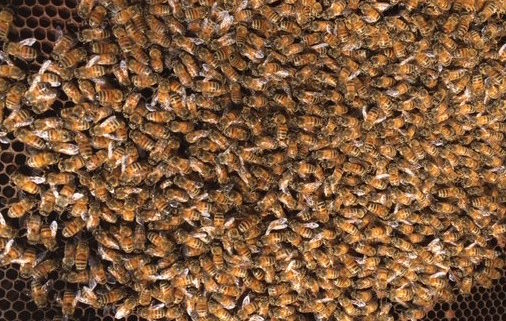The Swarm Lure
Wildflower Meadows is not in the business of rescuing or catching swarms, and it is generally not something that we spend a lot of time doing. When it comes to swarm catching, we let other beekeepers have all the fun!
However, once in a while we run into swarms that demand our attention. Sometimes a mating nuc has swarmed into a tree outside the apiary and needs to be brought back into place. At other times, one of our colonies has swarmed near a neighbor’s house and the neighbor is panicked and calling for assistance. Occasionally, we may find that a giant swarm has arrived right next to our breeders. We strive to keep swarms away from our breeders lest they even think about entering a breeder colony and possibly usurping a champion breeder queen. In all these cases, we need to take action and give our best efforts to corral the swarm into a better place.
This is when the swarm lure proves to be an invaluable tool. The swarm lure is a bait of essential oils that is highly attractive to a traveling swarm. The mixture of oils is designed to either smell like an appealing beehive, or to mimic the smell of the Nasonov gland. The Nasonov gland is the gland in a honeybee that emits the pheromones that call bees together. Ideally, a good swarm lure immediately catches the swarm’s attention and directs the flight path in the direction of the lure.
There are many different recipes for swarm lures, many of which can be discovered with an Internet search. Other commercial swarm lures come pre-formulated, and are sold by nearly all of the beekeeping supply companies. Our personal favorite is the Swarm Commander, which is a proprietary mix of essential oils that reliably directs swarms into our waiting equipment.
When working with a powerful swarm lure like the Swarm Commander, our beekeepers need to be careful not to spill any! Wherever the lure goes, the bees follow. Even an accidental drop on top of the head is enough to cause problems for an entire day!













